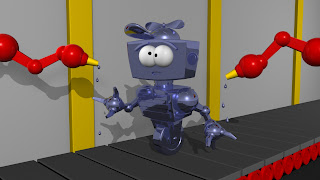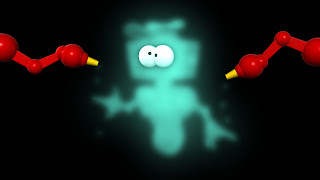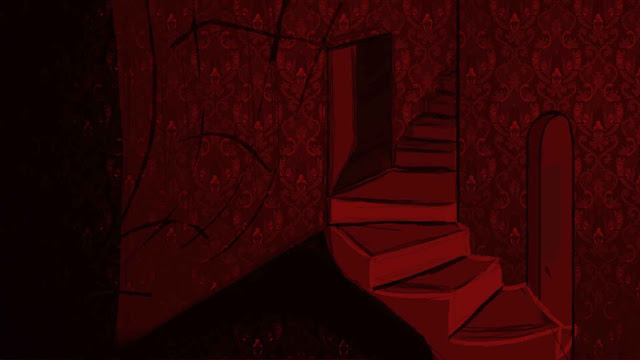Colossus:
Adjective
1. extraordinarily great in size, extent, or degree; gigantic; huge.
2. of or resembling a colossus.
3. ( initial capital letter ) Architecture . noting or pertaining to a classical order whose columns or pilasters span two or more stories of a building.
(http://dictionary.reference.com/browse/colossal)
Pagan:
Noun
1. one of a people or community observing a polytheistic religion, as the ancient Romans and Greeks. Synonyms: polytheist.
2. a person who is not a Christian, Jew, or Muslim. Synonyms: heathen, gentile; idolater; non-believer.
3. an irreligious or hedonistic person.
4. a person deemed savage or uncivilised and morally deficient.
Adjective
5. pertaining to the worship or worshippers of any religion that is neither Christian, Jewish, nor Muslim. Synonyms: heathen, heathenish, idolatrous, polytheistic. Antonyms: Christian, Jewish, Muslim, monotheistic.
6. of, pertaining to, or characteristic of pagans.
7. irreligious or hedonistic. Synonyms: unbelieving, godless, atheistic, agnostic; impious, profane, sacrilegious, unholy, ungodly. Antonyms: religious, pious, devout.
8. of a person deemed backward, savage, or uncivilised or morally or spiritually stunted. Synonyms: primitive, uncultivated, uncultured, heathenish, barbaric, barbarous, philistine. Antonyms: civilized, cultivated, cultured, urbane.
'Colossus' influences in media:
| http://www.deviantart.com/ |
| http://www.wired.com/news/images/full/colossus03_f.jpg |
| http://media.officialplaystationmagazine.co.uk/ |
| http://www.nerdsraging.com |
| http://img.hexus.net/ |
'Pagan' influences in media:
| http://wp.patheos.com.s3.amazonaws.com/blogs/ |
'This film is downright Jungian in its expression of these mysteries, using the imagery of pagan Scotland to weave a world where the human connection to the natural world is seen as the secret to happiness and fulfillment' (Peg Aloi, 2012)
| http://i.cdn.turner.com/ |
'Second, it is a narrative incarnation of the pagan worldview of earth worship as described in the Gaia Hypothesis, a scientific theory of planets as living organisms with consciousness. The notion of nature worship in opposition to the Judeo-Christian notion of man’s dominion over nature is an ancient theme that originates in Israel’s battle for the Promised Land with the pagan nature religion of the Canaanites' ( Brian Godawa, 2011)
| http://hilery.files.wordpress.com/2010/10/princess_mononoke.jpg |
| http://tinribs27.files.wordpress.com/2011/09/wicker-man-lee.jpg?w=300&h=206 |
'The original “Wicker Man” is a story about sacrifice and renewal, about Pagan and Christian theological differences, and about sacral kingship' (Krassokova, 2010)
Bibliography
quotes
Peg Aloi. In: http://www.patheos.com/blogs/themediawitches [online] At: http://www.patheos.com/blogs/themediawitches/2012/06/brave-pixars-pagan-princess-is-perfect-pleasure/ (Accessed on 29/10/12)
Brian Godawa. In: http://www.equip.org [online] At: http://www.equip.org/articles/avatar-a-postmodern-pagan-myth/ (Accessed on 29/10/12)
Krasskova. In: http://www.patheos.com/blogs [online] At: http://www.patheos.com/blogs/pantheon/2010/11/my-top-10-paganheathen-movies/ (Accessed on: 29/10/12)
Krasskova. In: http://www.patheos.com/blogs [online] At: http://www.patheos.com/blogs/pantheon/2010/11/my-top-10-paganheathen-movies/ (Accessed on 29/10/12)


































